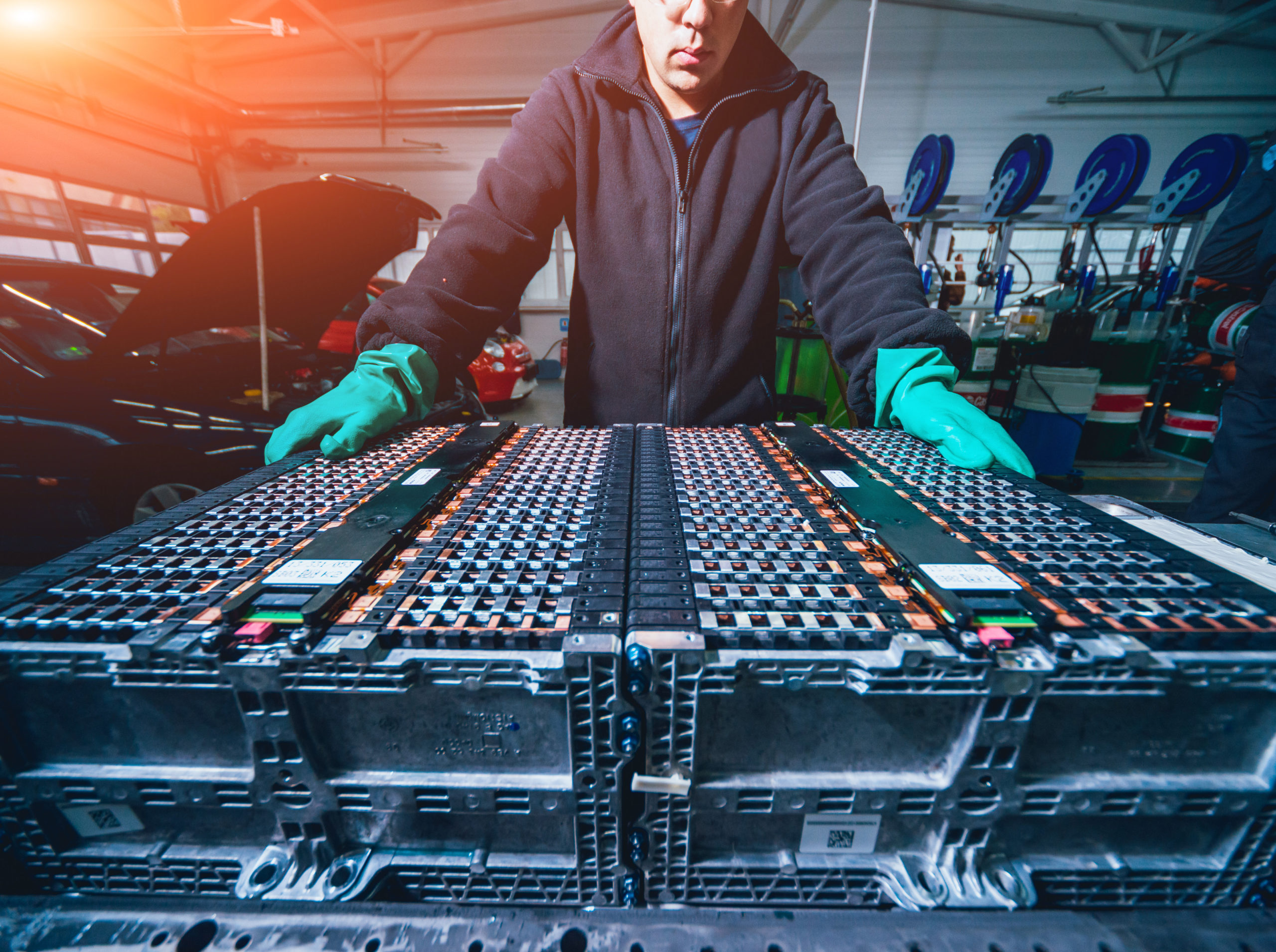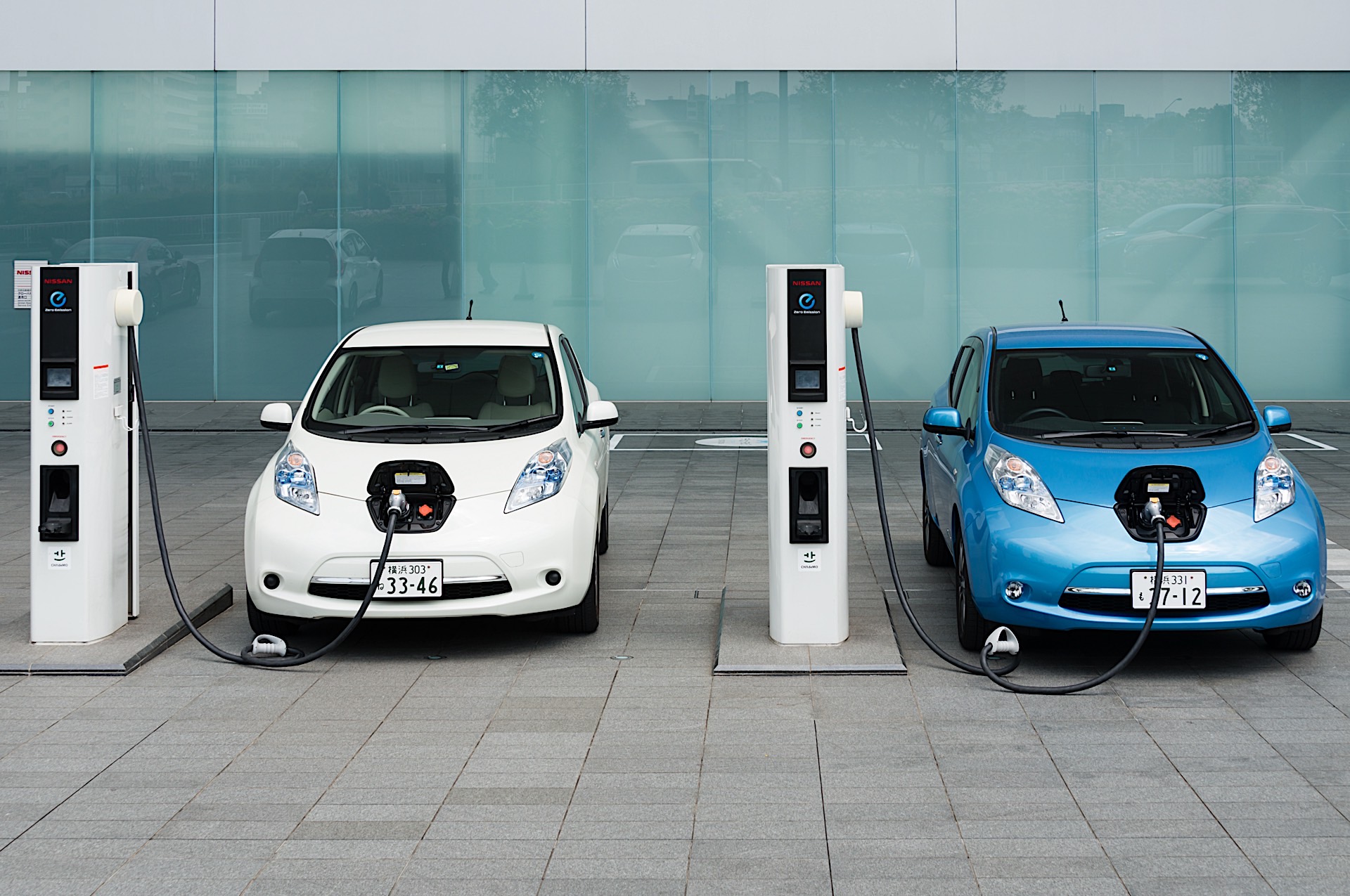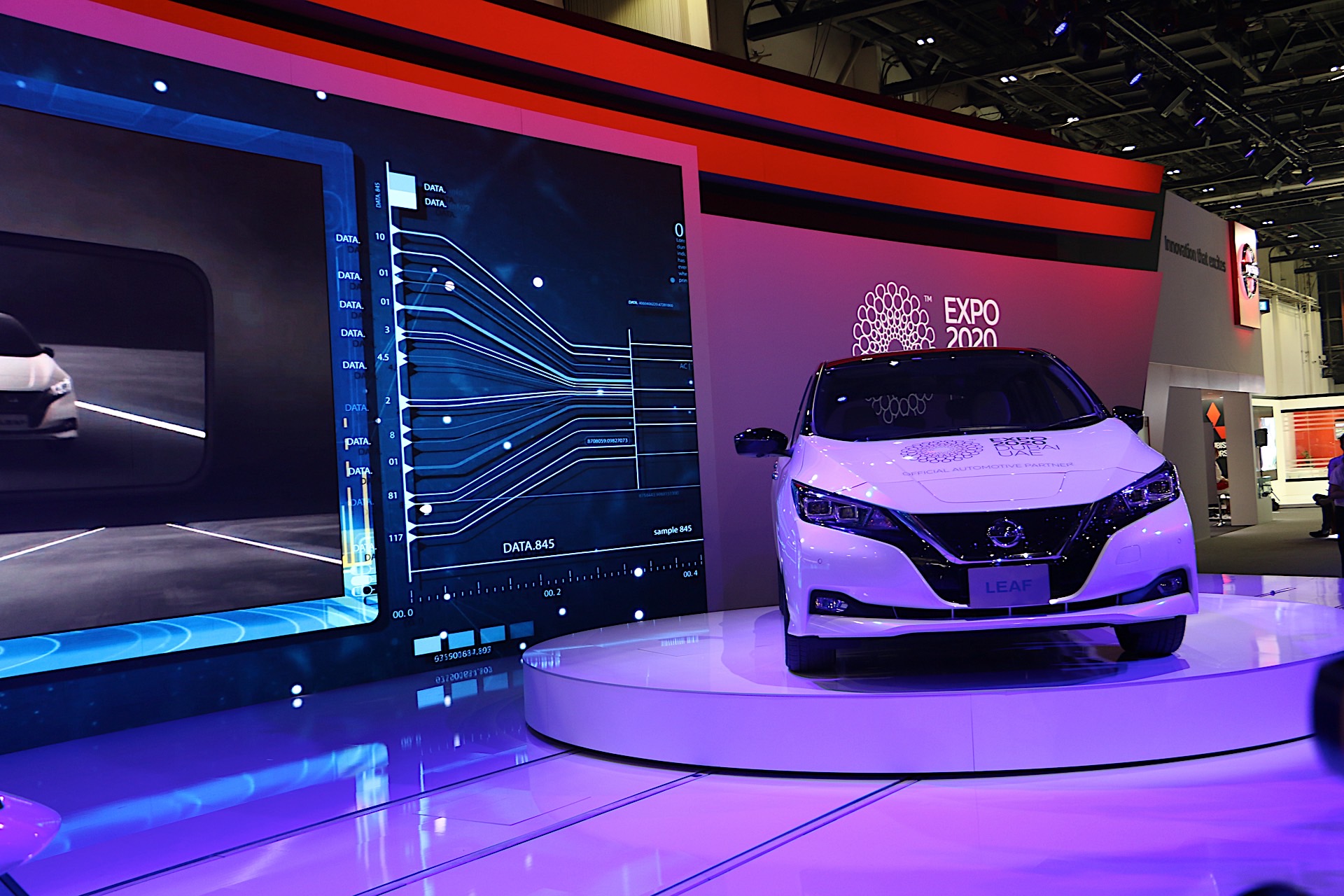
When Nissan first built the relatively compact 24 kWh battery stack in my 2011 Leaf a decade ago, the Japanese automaker paid in the realm of $24,000 to conjure it into existence. With an original MSRP of just over $35,000 before any tax incentives, Nissan was essentially selling an eleven thousand dollar car with twenty-four grand in batteries. Not only was that a money-losing enterprise, but it hardly incentivized anyone else from jumping into the market. A decade removed from that early mass-market electric vehicle attempt, and some manufacturers have reduced the price per kilowatt-hour of battery capacity to just under $100.
According to a new market survey from Bloomberg NEF, the average industry cost per kWh of battery is down to $137 from over $1100 in real inflation-adjusted dollars just a decade ago. That’s an 89 percent drop in 10 years, with an average year-over-year cost decrease of 19 percent. If we assume that same 19 percent drop in 2021, the industry average battery will cost just $110 per kWh.
NEWS: 2021 Nissan Leaf goes on sale with a slight price increase
Large battery arrays fitted to electric buses in China have managed to tip beyond that magic $100 point, thanks to the economies of scale involved in building bigger batteries. Even still, with supply chains getting more efficient, some recycled content coming onboard, and an ever-increasing understanding of advanced battery chemistry, prices will continue to trend downward into the foreseeable future.

With battery costs coming down to earth, we can assume a few things will happen. First, manufacturers will be able to secure a larger profit margin on electric vehicles. Second, the cost of buying a new electric vehicle will begin to come in line with a similarly sized gasoline-powered car, even before tax incentives. Third, the associated increase in sales of electric vehicles will come with a related decrease in the cost of battery production. Thus the cycle begins anew.
In what some are calling a “virtuous cycle” this continued decrease in costs will eventually hit a plateau, but prices are going to get very cheap before that happens. Specifically, Bloomberg NEF projects that battery pack prices will drop all the way down to $58 per kWh in 2030. By 2035, the drop will continue onward to just $44 per kWh. Then again, predictions in 2012 indicated that per kWh prices in 2020 would be around $200, and the industry managed to cut that in half. Perhaps it’s possible we can’t even fathom how inexpensive electric propulsion will be after fifteen more years of development. Is a $22 kilowatt-hour battery possible?

We have a lot of ambitious battery-operated projects coming in the next decade that will rely on inexpensive production capacity. Not only have many cities, states, and countries all over the world pledged to transition to only zero emissions vehicles in the next decade, but in order to clean up the world’s power generation strategy, we need stationary power storage in place right now. Solar photovoltaic or wind turbine power generation are excellent zero emissions sources for the world’s electric grids, but in order to completely rid ourselves of fossil fuel power generation, we need a place to store excess power so we have some to use when the sun goes down on a calm evening.
ALTERNATING CURRENTS: An ode to the electric beater
Now don’t get me wrong, I love my old Leaf, but it is quite clearly a very cheap car with what was once a very expensive battery pack. The modern-day 2020 Leaf has become a competent and downright comfortable car to drive by comparison, with much more battery capacity onboard. Just think about all of the other things Nissan was able to invest in to make the Leaf a better car as battery prices declined. From infotainment to interior materials, the new one is much better at being an actual car.

One of the things that will need to happen is to finally see a mass-market normal electric sedan or hatchback enter the market under thirty thousand dollars. To have a real workaday competitor to Honda’s Civic or Accord or Toyota’s Camry or Corolla, competing on real MSRP rather than some combination of tax incentive and fuel savings, that’s when EVs will really take off for the everyperson. Those four cars still account for hundreds of thousands of annual sales, and it still makes sense to try to compete with them. Will Tesla get there when it brings the $25,000 compact it’s been teasing? Will Nissan build a competitive electric Altima? Time will tell, but it’s not happening without low-cost batteries.
Cheaper batteries will not only contribute to faster adoption of EVs globally, a more economically viable future for manufacturers to push EV adoption, and better quality cars for the same price or even lower, but that will also mean a more climate-friendly power grid that abandons coal and natural gas. If we have any hope of reaching net zero carbon dioxide creation in the next five years, we have to get started on it now and lower cost batteries will be the foundation for making it a reality.

